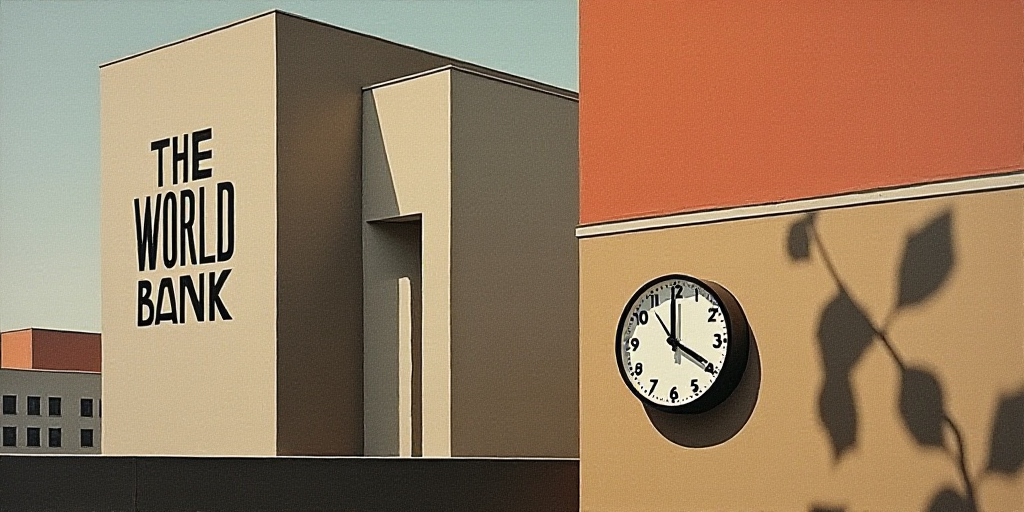Introduction to the World Bank’s Outlook on Commodity Prices
On April 29, the World Bank (WB) forecasted that global economic growth weakening, partly due to trade turbulences, will cause commodity prices to drop by 12% in 2025 and an additional 5% in 2026, reaching the lowest levels of the 2020s in real terms.
Key Findings from the World Bank’s Report
According to the latest report on Global Commodity Market Perspectives by the development lender, adjusted for inflation, commodity prices are expected to fall to their 2015-2019 average over the next two years, signaling the end of a price surge driven by the post-COVID-19 economic recovery and Russia’s invasion of Ukraine in 2022.
Impact on Inflation and Developing Economies
The price decline could mitigate short-term inflation risks stemming from new and significant US tariffs as well as rising global trade barriers. However, it may also negatively affect developing commodity-exporting economies.
Indermit Gill, Chief Economist at the World Bank: “The rise in commodity prices has been a blessing for many developing economies, two-thirds of which are commodity exporters. However, we are now witnessing the highest price volatility in over 50 years. High price volatility combined with low prices spells trouble.”
The energy price increase added more than two percentage points to global inflation in 2022. Nevertheless, the price drop in 2023 and 2024 has helped moderate inflation, according to the WB report.
Energy and Food Price Projections
The World Bank anticipates energy prices to fall by 17% to their lowest point in five years, followed by another 6% decline in 2026. In the context of abundant supply and falling demand, largely due to rapid electric vehicle adoption in China—the world’s largest car market—the WB expects the Brent crude price to average $64 per barrel in 2025, a $17 decrease from 2024. The price is further projected to drop to $60 per barrel in 2026.
Food prices are expected to decrease by 7% this year and an additional 1% in 2026; however, this will not contribute to reducing food insecurity.
Key Questions and Answers
- What is the World Bank’s prediction for commodity prices? The World Bank predicts that global commodity prices will fall by 12% in 2025 and an additional 5% in 2026, reaching their lowest levels since the 2020s in real terms.
- Which commodity sectors will be most affected? Both energy and food commodity prices are expected to decline significantly. The Brent crude price is projected to average $64 per barrel in 2025, falling to $60 per barrel in 2026. Food prices are expected to drop by 7% this year and 1% more in 2026.
- How will these price changes impact inflation and developing economies? The decline in commodity prices could help moderate short-term inflation risks, but it may negatively affect developing commodity-exporting economies reliant on these price increases for growth.
- What factors are contributing to the predicted decline in commodity prices? The World Bank attributes the price drop to weakening global economic growth and trade turbulences, along with rising tariffs and trade barriers. Additionally, factors like rapid electric vehicle adoption in China are expected to decrease energy demand.






